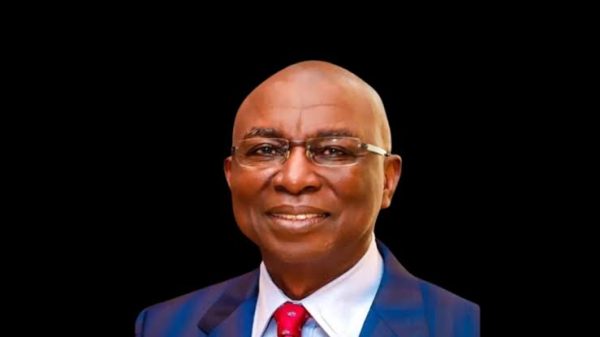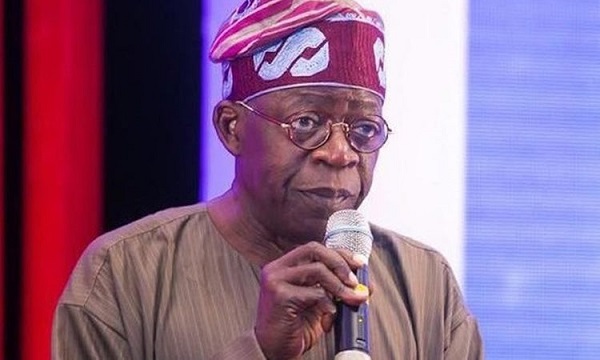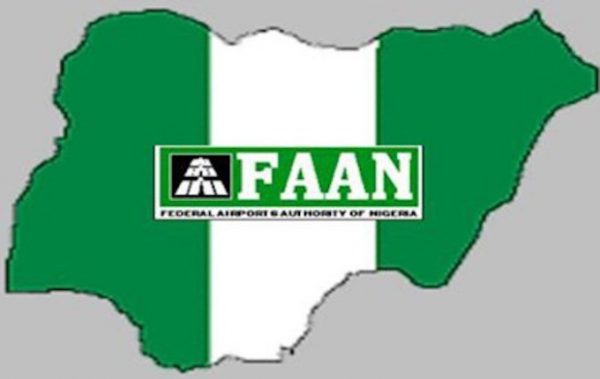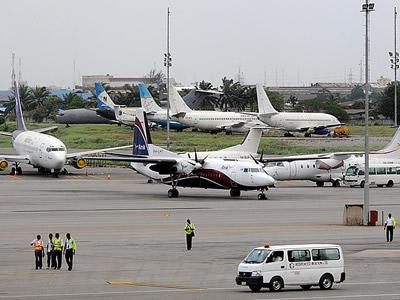Lessons In Stakeholders’ Engagement: The NIMASA Example

Stakeholders’ engagement is a key deliverable and function of Corporate Communications (CC) but how successful or otherwise it is, is left for the assessment and perception of both the public and members of the staff. One thing is sure, however: The success or failure becomes obvious with chains of reputational activities that come afterwards.
Recently, the Maritime media, numbering over 200, were hosted by the Director-General of the Nigerian Maritime Administration and Safety Agency (NIMASA), Dr. Dayo Mobereola in Eko Hotel, Lagos, with the aim of cultivating positive relationship targeted at reputation building and management.
Earlier, a forum was organized where the Director General met the ‘stakeholders’ in the same hotel in Lagos with the focus of creating a good working relationship with the industry titans and influence bearers. He is expected to seek their advice or gain mentorship of sort with their intimacy.
Developments in NIMASA today have simply added credibility to the saying that “You can take a Horse to the river but cannot force it to drink from it.”
The pockets of crises therein now may not have been caused entirely by the DG, but he created the fertile ground for it. He has failed to leverage the engagements to project himself and the NIMASA brand effectively. The Corporate Communications team also seem to be scared of displaying professionalism by consistently telling the DG and management to do the right thing, knowing fully well that when they fail in their duties, NIMASA fails and the DG fails as well. Indeed, the agency under Dr. Mobereola is on the threshold and lounge of failure! When a brand loses trust, loyalty, commitment to brand essence and promises, amongst others, what is it called? The reality with NIMASA now is that it is associated with journalistic guerilla warfare, betrayals, scandals of rainbow colours, denial of privileges, and arrogance of power. These have raised the questions: What is the corporate reputation of NIMASA worth? Can NIMASA recommit itself to its purpose of creation and stay clear of damaging controversies?
The DG set the tone of this ravaging brand corrosion the day he hosted the media. Apparently armed with some unconfirmed information, walked into the hall, and while being taken from table to table to welcome the guests, who kept standing in expectation of a warm reception and hospitality, he stopped briefly on the table of a key media stakeholder, who negotiated a smile of friendship and a working partnership with a hand shake. Suddenly, to the surprise of all, he said, ”You are a trouble-maker!” The media stakeholder was stunned with the outburst from the chief host. The hall was stung with shock. However, it left in its trail many other things. The DG may have thrown a jab at the man but it was an expensive one. In the course of the event, the media stakeholder feeling bruised, spoke and demanded for apology from his chief host, who never gave him the honour of saying, “I was just joking”.
From the ambience of conflict created, many journalists had concluded on the type of person the DG could be. Opinions were formed and assessments of his performance at the event began. The predominant view among their media guests was that he lacks knowledge of the industry, he was incoherent in speech delivery, and never gave a concluded and satisfactory answers to any vexed issues in the industry, such as the Cabotage Vessel Finance Fund(CVFF), national carrier, Nigerian Seafarers Development Programme(NSDP), among others.
Avoidably, he was seen as a man of straw when he gave out his Personal Assistants(PA’s) phone number to journalists who met him and asked for his numbers. He gave it out in pretext that it was his. Therein, some dialed it and true caller application revealed it was not his. Again, murmuring and complaints rented the atmosphere. The risk could have been mitigated right there as the CC team were informed but they were either scared of making a statement of impression or lacked what to say. The impression stuck and the damage continued. It simply implies that NIMASA spent over a N100million to earn a damaging reputation! They had better not done the media engagement. What is it with giving out numbers to the media, especially when there was an intention of cultivating friendship for a sustainable mutual good? Past DGs of NIMASA never died because they gave out their numbers! What should have been done?
The night the industry stakeholders were hosted to welcome Dr. Dayo Mobereola, it was considered an event worth its tag especially when viewed from being novel. That night, many stakeholders seated said prophetically in low tones that he might not picks calls after the event. Lately, there has been a community of industry stakeholders whom the DG don’t answer their calls, allegedly. The complaints are palpable and vibrating. From dockworkers to lawyers and other service providers. Surprisingly too, some former DGs are involved. How busy is the DG? Is he busier than other DGs? How then does he run the office without privileged information? He also declined to be on the industry-centric news and social engagement platforms like Whatsapp or Telegram, why?
As busy as the office of Comptroller General of Customs is, the late CGC, Dikko Inde Abdullahi, picked calls or responded with, “Let me call you back.” And he honoured this commitment. Mr. Hassan Bello, as the Executive Secretary of Nigerian Shippers’ Council(NSC) honoured calls. Dr. Bashir Jamoh as DG, honoured calls, but best time to get him, were Sundays and Saturdays. Dr. Mamora Olorunnimbe as the Managing Director of the National Inland Waterways Authority(NIWA) answered his calls and even took time to explain issues most times on phone. These men, and many others were not less busy in their offices. The likes of Bello and Dikko added their soft-skills with extra humanistic appeal. They assisted their Corporate Communication team to manage them better. This is not too much to ask from Dr. Mobereola.
Again, was the essence of that stakeholders’ engagement achieved in the assessment of reputation management? Your guess is as good as mine.
One enduring lesson Bello left behind in the maritime industry is the potency of engagement, which is a weapon of effective performance in reputation management and crisis communication. Bello, had the power of port regulation which comes with enforcement whether forceful or soft, but he opted for endless stakeholders’ engagement to ensure the delivery of shared goal of port efficiency by all the interest holders. Bello is still alive; calls never sent him to hospital for one day.
The NIMASA story of breach of contract with Centurion University in india and that of another school for Nigerian Cadets in Greece, is a bad story of failed stakeholders’ engagement. Note that contractors and the media are also critical stakeholders in the industry.
In this case, the DG, forgot about the principle of collective responsibility in leadership by denying that he is not privy to the scandal or that it preceded his coming. The consequence of this inaction led to further actions including the alleged engagement of ghost writers for guerilla media war against the media character, who has been feeling bruised. Now, the simple issue that would been resolved over a stream of jab or friendly discussion had tumbled to personal and corporate image assassination leading to brand corrosion, with lately, the ensuing fake National Youth Service Corp (NYSC) certificate scandal and controversy.
The energy being exerted to assemble influencers to quell the flame now should have been deployed before now. Now, the reputational damage is huge. In this era of borderless information with digital media, the damaging story ignored today, could be tomorrow’s albatross.
If you seek answers to the questions raised earlier on management of the crises, you can reach the writer on kcanaroke@yahoo.com.







